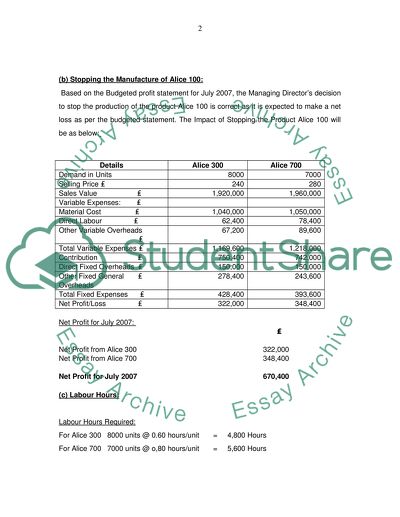Cite this document
(“Management Accounting: Justin PLC Case study Research Paper”, n.d.)
Retrieved from https://studentshare.org/miscellaneous/1500529-management-accounting-justin-plc-case-study
Retrieved from https://studentshare.org/miscellaneous/1500529-management-accounting-justin-plc-case-study
(Management Accounting: Justin PLC Case Study Research Paper)
https://studentshare.org/miscellaneous/1500529-management-accounting-justin-plc-case-study.
https://studentshare.org/miscellaneous/1500529-management-accounting-justin-plc-case-study.
“Management Accounting: Justin PLC Case Study Research Paper”, n.d. https://studentshare.org/miscellaneous/1500529-management-accounting-justin-plc-case-study.


